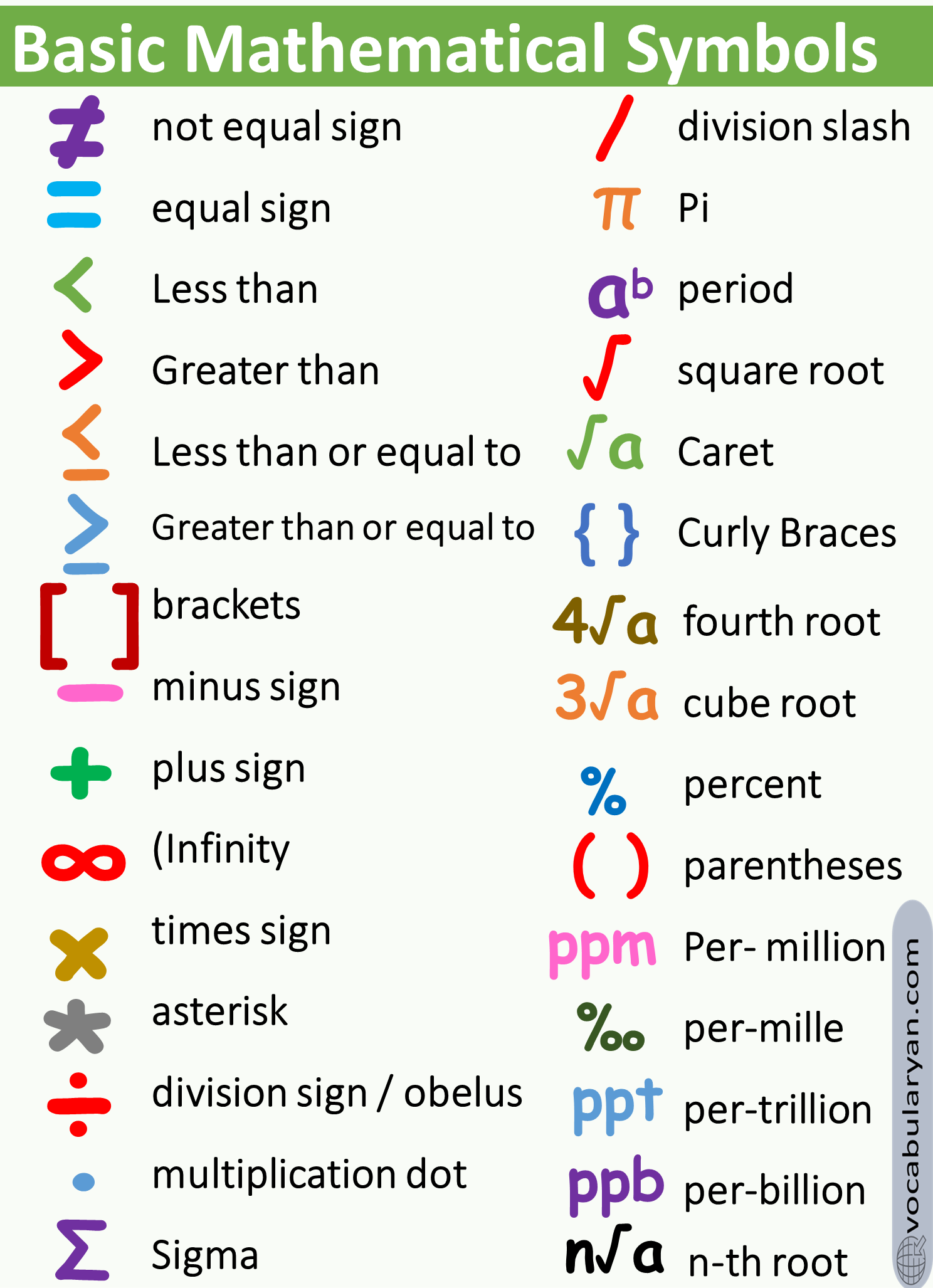
Reading the Ancient Landscape: Decoding Native American Map Symbols at Petroglyph National Monument
Forget the gridlines and compass roses of modern cartography. To truly understand the land, its history, and the people who have lived upon it for millennia, we must learn to read a different kind of map – one etched into stone, imbued with spirit, and drawn from a perspective far older than any colonial surveyor’s chain. Our destination for this journey into ancient cartography is Petroglyph National Monument in New Mexico, a sprawling, sacred landscape where the very rocks whisper stories, pathways, and cosmic alignments through thousands of enigmatic symbols.
This isn’t just a review of a beautiful natural site; it’s an exploration of how Indigenous peoples charted their world. At Petroglyph National Monument, the symbols aren’t mere decorations. They are records, prayers, warnings, and, crucially, a form of mapping that transcends simple physical directions, encompassing spiritual journeys, resource locations, astronomical observations, and historical events.
The Landscape as a Living Archive

Spanning 17 miles along Albuquerque’s West Mesa, Petroglyph National Monument protects one of the largest petroglyph sites in North America, with an estimated 25,000 images carved by Native Americans and early Spanish settlers. These images, primarily created by Ancestral Pueblo people between 300 and 700 years ago, are not found in a single, curated gallery. Instead, they are dispersed across volcanic escarpments, nestled in rocky alcoves, and revealed along dusty trails – a vast, open-air library waiting to be deciphered.
To visit is to step onto a canvas of time. The Monument is divided into several accessible areas, each offering a unique hiking experience and concentration of petroglyphs. Boca Negra Canyon, Rinconada Canyon, and Piedras Marcadas Canyon are among the most popular. Walking these trails, the landscape itself begins to feel like a topographical map. The rugged basalt boulders, formed from ancient lava flows, are the pages; the tools used to peck, cut, or rub away the dark rock varnish (patina) to expose the lighter rock beneath were the pens.
Beyond Directions: The Multifaceted Meanings of Symbols
When we think of "maps," we typically imagine lines indicating rivers, dots for towns, and arrows for north. Native American "map symbols" on these rocks operate on multiple layers, far richer and more complex. They rarely represent a literal bird’s-eye view. Instead, they provide context, meaning, and guidance through a shared cultural understanding of the world.

-
Pathways and Journeys (Physical and Spiritual):
- Spirals and Concentric Circles: These are among the most common and powerful symbols. While they can represent the sun, water, or cycles of life, they often denote journeys – physical migrations, ceremonial paths, or spiritual quests. A spiral might mark a place of convergence, a sacred spring, or a route leading into the underworld. For a traveler in ancient times, seeing a spiral could confirm they were on a known, perhaps sacred, path.
- Footprints and Handprints: These directly indicate human presence and movement. A series of footprints might literally show the direction of travel or mark a significant place where people paused. Handprints often symbolize prayer, blessing, or ownership, indicating "I was here" or "this place is sacred."
- Zigzags and Wavy Lines: These frequently represent water – rivers, rain, or springs – vital information in an arid landscape. They could also denote lightning, serpents, or the undulating path of a journey.

-

Resource Mapping and Survival:
- Animal Effigies: Images of bighorn sheep, deer, and other game animals were not merely artistic representations. They often served as indicators of hunting grounds, animal migration routes, or even successful hunts. A depiction of a bighorn sheep might mark a place where these animals were commonly found or where a significant hunt took place. Similarly, images of birds or fish could indicate proximity to water sources or food.
- Plant Symbols: While less common than animal or anthropomorphic figures, some symbols represent specific plants, indicating areas rich in edible or medicinal flora.
-
Celestial Navigation and Timekeeping:
- Sun Daggers and Solstice Markers: Many petroglyphs are not just static images but interactive calendars. "Sun daggers" are light phenomena where a sliver of sunlight illuminates a specific petroglyph (often a spiral or circle) at precise times of the year, marking solstices or equinoxes. These acted as ancient astronomical observatories, crucial for agricultural cycles and ceremonial timing. While not a map of stars in the modern sense, they mapped the rhythm of the cosmos onto the land, guiding seasonal movements and activities.
- Star and Moon Symbols: Representations of stars, the moon, and constellations could have served as navigational aids for night travel, marked sacred celestial events, or referenced origin stories tied to the night sky.
-
Cultural Identity and Sacred Geography:
- Anthropomorphic Figures: Human-like figures, sometimes adorned with elaborate headdresses or masks, often represent shamans, ancestors, deities, or clan leaders. Their presence on the rock face could signify a sacred space, a place of ceremony, or the territory of a specific clan. These "maps" define who belongs where, and what spiritual forces govern a particular area.
- Geometric Patterns: Complex patterns, grids, or interlocking designs often carry deep cultural significance, representing clan symbols, cosmological structures, or abstract concepts that define a community’s identity and its relationship to the land. They are a map of cultural belonging.
-
Historical Records and Oral Tradition:
- Narrative Panels: Some panels appear to tell stories – perhaps a successful battle, a significant migration, or a ceremonial event. While not a literal map of a battleground, they record where and when events of importance occurred, serving as visual aids for oral histories passed down through generations. These symbols provide a historical overlay to the physical landscape.
Experiencing the Map Firsthand
Hiking through Petroglyph National Monument, the real magic lies in the act of discovery. You might walk for several minutes, scanning the dark rock faces, before your eyes adjust, and a faint image emerges – a stylized human figure gazing out, a bighorn sheep leaping across a crevice, or an intricate spiral slowly revealing itself. Each discovery is a tiny revelation, a fragment of an ancient thought.
The trails themselves become part of the map-reading experience. At Boca Negra Canyon, accessible paths lead to hundreds of images, some dating back 3,000 years. Rinconada Canyon offers a longer, more contemplative walk, where the petroglyphs feel more integrated into the natural environment, often requiring a keen eye and a patient spirit to locate. Piedras Marcadas Canyon, with its thousands of images, truly immerses you in the sheer volume of this ancient communication.
Imagine ancient travelers, navigating this very landscape. They wouldn’t have pulled out a paper map. Instead, they would have "read" the symbols on the rocks, understanding their complex meanings. A spiral might confirm they were nearing a known water source. A cluster of bighorn sheep petroglyphs might guide them to prime hunting grounds. The presence of specific clan symbols would delineate territories or sacred sites. The sun’s alignment with a certain carving would tell them when to plant or harvest, or when a significant ceremony was due. The landscape was the map, and the petroglyphs were its legends and symbols.
Practicalities for the Modern Explorer
To truly appreciate this living map, come prepared. The Monument is a high desert environment.
- Best Time to Visit: Spring and fall offer the most pleasant temperatures. Summer can be scorching, and winter can be chilly.
- What to Bring: Ample water (critical!), sturdy hiking shoes, sun protection (hat, sunscreen), and binoculars to spot images higher up on the cliffs.
- Respect the Site: These are sacred cultural sites. Do not touch the petroglyphs – the oils from your skin can damage them. Stay on marked trails, do not climb on the rocks, and leave no trace. This isn’t just a park; it’s an irreplaceable historical and spiritual record.
The Enduring Legacy
Petroglyph National Monument is more than just a collection of ancient art; it’s a testament to a profound way of seeing and interacting with the world. It challenges our modern, often simplistic, understanding of "maps" and "navigation." Here, the land itself communicates, offering insights into cosmology, survival strategies, spiritual beliefs, and the deep connection between people and their environment.
As you hike among these silent storytellers, you’re not just observing; you’re attempting to read a map drawn by hands long gone, a map that reveals not just where to go, but how to be in the world. It’s an invitation to pause, to look closer, and to listen to the ancient wisdom etched in stone – a journey that enriches not just your understanding of history, but of humanity itself. This powerful, understated monument offers an unparalleled opportunity to walk through a landscape that is simultaneously a sacred space, a historical archive, and the most intricate and meaningful map you will ever encounter.


